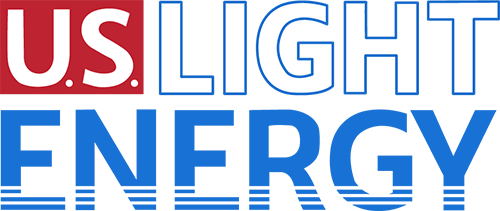What are the Solar Land Lease Rates in Vermont?
Typical lease rates for solar land leases can vary widely. Solar land lease rates in Vermont can fluctuate based on location, sunlight exposure, proximity to power lines, and local laws and regulations. It’s crucial for landowners to research and compare offers to ensure they receive a fair rate.
In some cases, solar developers may offer an upfront lump sum payment, monthly payments, or annual payments. The lease agreement terms, such as the length of the lease, payment schedule, and potential yearly rate increases, also impact the rates. For instance, a typical lease rate can increase anywhere from 1.5% to 2.5% annually for the duration of the lease agreement. Landowners should carefully review these terms to secure the best deal possible.
5 Factors that Determine Solar Land Lease Rates in Vermont
Location
One crucial factor is the land’s location. Areas with abundant sunlight and minimal shading are more suitable for solar energy projects.
Proximity to Utility Infrastructure
Proximity to 3-phase power lines and substations can increase lease rates, as it’s easier to connect the solar panels to the grid.
Land Characteristics
The size and shape of the land is also important. Larger, flat areas (ten acres or more) are preferred because they can accommodate more solar panels and are easier to install. Land that is difficult to access or has uneven terrain may require additional preparation costs, which can lower lease rates.
Local Laws and Regulations
Local zoning laws and regulations also play a role. Areas with favorable policies for renewable energy projects may have higher rates due to fewer barriers.
Lease Duration
Another factor is the lease duration. Longer leases provide solar developers with more stability, but landowners may request higher rates for extended agreements. Solar farms can last as long as twenty-five years or more with proper care and maintenance, allowing landowners to generate stable, passive income for several years.
Legal Considerations in Solar Leases
When considering a solar land lease in Vermont, it’s important to be aware of several legal factors. First, landowners should review local zoning laws and regulations. Some areas may have specific requirements for land use for solar projects, so it’s essential to ensure your property is eligible. For instance, regions may have environmental constraints like forestation, wetlands, or critical habitats. Consulting with local government offices or a legal expert can provide clarity. U.S. Light Energy utilizes a unique feasibility process to properly evaluate if a parcel of land qualifies for solar development. We analyze multiple areas of every property—from utility infrastructure and environmental considerations to local zoning and land use considerations—to drive the most value per acre.
The lease agreement itself is also critical. This contract outlines all terms and conditions, including payment amounts, lease duration, and responsibilities for both parties. Solar land lease rates in Vermont can be affected by these terms as well. Having a lawyer review the agreement ensures your rights are protected and that you fully understand the terms. Key elements to look for include clauses about liability and any potential impacts on property taxes.
It’s also important to consider the long-term implications of the lease. Solar land leases can last for many years, so think about how this decision might affect your property in the future. This includes any restrictions on land use after the lease ends and understanding the process for renewing or terminating the lease. By being informed about these legal factors, you can make confident decisions about leasing your land for solar projects in Vermont.
Frequently Asked Questions About Leases
What are the typical lease rates?
Lease rates can vary from one location to another. Several factors come into play when determining lease rates for a particular solar land lease, such as the ability to easily connect the solar farm to local 3-phase power lines and critical utility infrastructure, sunlight exposure, acreage availability, terrain accommodations, local regulations, and market conditions.
How long do leases last?
With proper care and maintenance, solar arrays can last twenty-five years or more, allowing for lengthy lease agreements. It’s possible for leases to extend beyond forty years. In fact, many solar farms from the 1980s are still going strong. That means landowners can enjoy generating stable, passive income for several decades!
What are the responsibilities of both parties?
Landowners typically are only responsible for supplying the agreed-upon land for solar development. The solar developer manages all other responsibilities, such as installing solar arrays, general maintenance and cleaning of equipment, and upkeep of the land itself. Whether mowing grass, managing drainage, or plowing entryways for staff, solar developers will handle it all.
Lease Your Vermont Land for Solar with US Light Energy
Leasing land for solar projects is becoming an increasingly valuable opportunity for landowners in Vermont. As the demand for renewable energy grows, partnering with a trusted solar developer like U.S. Light Energy (USLE) offers numerous benefits. Landowners can easily generate stable, long-term income while supporting the production of clean energy and reducing dependence on fossil fuels.
Ready to explore solar leasing opportunities? Apply for land leasing today with U.S. Light Energy and start harnessing the potential of your vacant land! U.S. Light Energy is leading the charge for a new generation.
